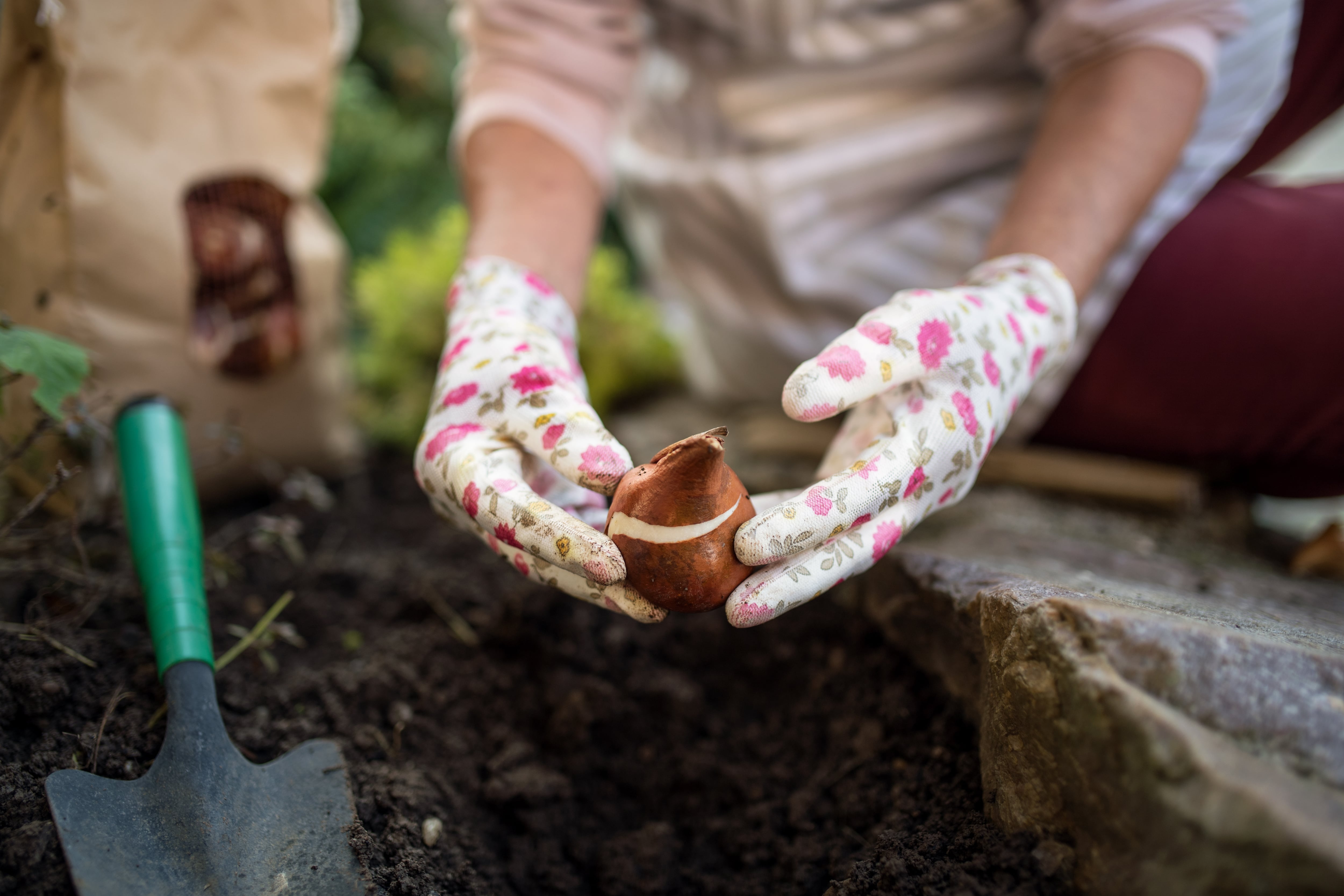Q: You mentioned a while back that you were creating a flowering hedge. I would love to know what plants you picked? MF, Co Leitrim
As a flower-farmer-florist with a love of seasonality and sustainability, I’m focusing on species that are native and pollinator-friendly, but with the addition of some non-natives to give me a longer picking season and wider selection of flowers. Included in that list is the native Guelder rose (Viburnum opulus); hazel (Corylus avellana); blackthorn (Prunus spinosa); native hawthorn (Crataegus monogyna); and wild crabapple (Malus), all of which I’ve already spotted growing in the old, established field hedgerows close to our little farmhouse.
I’m also including more cultivated, garden-style forms such as Crataegus laevigata ‘Paul’s Scarlet’; cherry plum (Prunus cerasifera); varieties of spiraea, mock orange (Philadelphus); lilac; varieties of flowering currant (Ribes), including the pale-flowering Ribes ‘Elkington White’; abelia (Abelia x grandiflora), as well as Juneberry (Amelanchier); ninebark (Physocarpus); and willow, especially the beautiful, pink-catkinned Salix gracilistyla, ‘Mount Aso’. While we have plenty of growing space in our large country garden, it’s important to note that some of the species I’ve listed above form large, sprawling trees and shrubs and aren’t suitable for smaller gardens.
Whatever species you do plump for, autumn and early winter, when the soil is moist but still warm and the cheaper, more sustainable option of bareroot plants is available, is generally an excellent time of the year to plant these kinds of flowering hedges. The exception is gardens with soil inclined to winter waterlogging or in areas of the country with very high rainfall, in which case it’s best to hold off until early spring. Just make sure to prepare the ground well in advance by clearing it of any perennial or woody weeds to reduce the challenges of weed maintenance in the future.
READ MORE
[ Five great ‘naked’ trees or shrubs for the winter gardenOpens in new window ]
When it comes to planting time, dig a wide trench deep enough to easily accommodate the plants’ root systems, and soak the latter well in a bucket of very diluted liquid seaweed as you plant. You’ll also probably need to weed your young flowering hedge a couple of times during the growing year until the plants properly establish, and to water it during any prolonged dry spells. But an organic mulch spread on the ground around the plants soon after planting will help to suppress rank weed growth and lock in soil moisture. Recommended suppliers of bareroot flowering hedging plants include all good Irish garden centres, as well as specialist online suppliers such as Cork-based futureforests.ie














